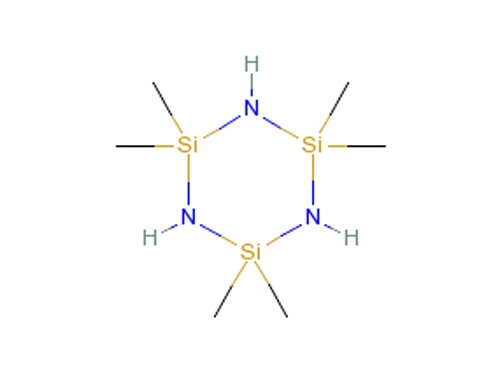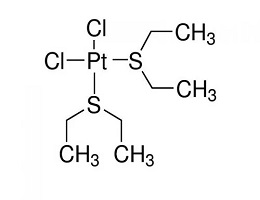In the current context of balanced development between technology and safety, flame-retardant silicone rubber, as a high-performance material, is attracting attention for its unique flame-retardant properties and wide range of applications. This article aims to delve into the methods of distinguishing flame-retardant silicone rubber and the key considerations when selecting it, helping you better understand and apply this material.
Composition and Characteristics of Flame-Retardant Silicone Rubber
Flame-retardant silicone rubber is made by carefully mixing flame retardants such as aluminum hydroxide, calcium carbonate, carbon black, and platinum compounds. The average particle size of aluminum hydroxide must be strictly controlled below 50 micrometers, calcium carbonate should not exceed 20 micrometers, and carbon black should have a specific surface area greater than 10 square meters per gram, with a particle size between 0.05 and 0.2 micrometers. Platinum compounds, used as catalysts, often include platinum/alcohol complexes or platinum/vinyl silicone complexes to ensure excellent performance of the flame-retardant silicone rubber. This material not only withstands high and low temperatures with excellent electrical insulation, but also exhibits outstanding flame-retardant and processing capabilities, making it especially suitable for demanding industry applications such as wires and cables.
Distinguishing Halogenated and Halogen-Free Flame-Retardant Silicone Rubber
Flame-retardant silicone rubber can be divided into two categories based on the flame retardants used: halogenated and halogen-free. Although halogenated flame-retardant silicone rubber is cost-effective, it releases pungent toxic gases during combustion, posing a threat to the environment and human health. In contrast, halogen-free flame-retardant silicone rubber does not produce such harmful substances during combustion, making it more environmentally friendly and safe. It also complies with EU ROHS standards, becoming the mainstream choice in the market.
Coloring Challenges and Solutions for Flame-Retardant Silicone Rubber
Due to its unique chemical structure, flame-retardant silicone rubber appears titanium white and is difficult to color. Attempts to make it bright-colored often fail to achieve ideal results, and the cost of adding colors is high. Therefore, in most cases, it is recommended not to color flame-retardant silicone rubber to maintain its original purity and functionality.
Selection Standards and UL Grades for Flame-Retardant Silicone Rubber
Understanding the standards that flame-retardant silicone rubber complies with is crucial when selecting the material. Currently, the main reference standard for flame-retardant silicone is UL94V0, which evaluates the material's flame-retardant performance through a series of stringent burning tests. Specifically, under the UL94 standard, there are four levels: HB, V-2, V-1, and V-0, with V-0 being the highest level. It requires the sample to extinguish within 10 seconds after being subjected to two 10-second burn tests and not drop any burning particles. This standard ensures the stability and safety of flame-retardant silicone rubber under extreme conditions.
Key Considerations When Selecting Flame-Retardant Silicone Rubber
Clarify the application scenario: Select the appropriate flame-retardant grade based on actual needs to ensure the material's performance meets the requirements.
Focus on environmental standards: Prioritize halogen-free flame-retardant silicone rubber to reduce potential harm to the environment and human health.
Consider cost-effectiveness: While pursuing high performance, consider cost factors to avoid unnecessary waste.
Understand supplier qualifications: Choose reputable and capable suppliers to ensure material quality and supply stability.
In summary, as a high-performance material, flame-retardant silicone rubber plays an important role in various fields such as wires and cables, aerospace, and automotive electronics. By understanding its composition and characteristics, distinguishing between halogenated and halogen-free types, mastering the coloring challenges, and comprehending the selection standards and key considerations, we can better select and apply this material, providing strong assurance for the safety and reliability of products.




